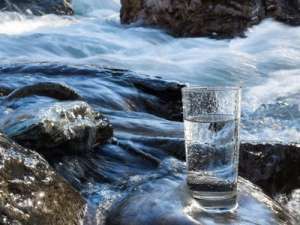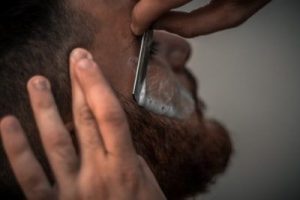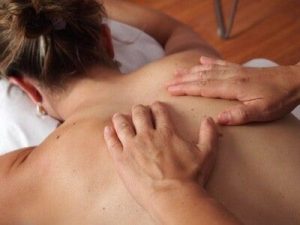Jaw bone – Natural bone augmentation and protection for implants

Build up and protect jawbone naturally
Healthy teeth are not only aesthetically pleasing, but above all the basis for powerful biting and pain-free chewing. The importance of the jawbone is often underestimated in this context.
Unlike the teeth, the bone does not perform any visible function. But at the latest when it comes to the insertion of a dental implant, it becomes clear that the jawbone is enormously important for a well-functioning set of teeth.
Why jawbone reconstruction is so important for implants
The jawbone forms the framework in which the natural teeth and, if necessary, the artificial teeth are anchored. Innumerable fine blood vessels supply the bone structure with nutrients and remove waste products.
Like a muscle, the jawbone is loaded and unloaded by the pressure of the teeth. This permanent stress does not lead to wear and tear, but rather to the fact that the bone remains stable and firm.
If this stress is removed, the jaw bone recedes very quickly and loses thickness and width. This is the case, for example, when a tooth is lost or has to be removed due to caries or an accident.
The rate of bone loss depends on various factors such as age, nutrition and hereditary predisposition. This can only be counteracted by a professional dental implant – possibly in combination with bone augmentation.
Techniques of bone augmentation with natural means
Placing a dental implant to mimic the appearance and function of the lost tooth has been common practice for many years. For this purpose, a retainer is screwed into the jawbone, which, like the tooth root before, takes over the retaining function. If bone augmentation is necessary, there are several options available for this purpose.
In many cases the bone can be built up with the patient’s own material. If necessary, alternative materials based on animals or plants are also available.
Further information on bone formation can be found on the novacura dentists’ website.
The goal of every bone augmentation with subsequent implant is a tooth replacement that is as close as possible to the natural tooth, both visually and functionally.
Prevention through strong bones
The jaw bone is a bone like any other in the human body. Therefore, the quality of bone tissue depends, among other factors, on nutrition.
If you want to protect your bones, you should make sure that you have a sufficient supply of all the necessary bone building blocks. In addition to calcium, magnesium in particular is needed for the formation of bones.
In addition, trace elements such as zinc, boron, copper and silicon are indispensable. Anyone who eats a healthy and balanced diet therefore ensures a good basis for healthy bones. Regular exercise can also improve the oxygen supply to the body, and thus to the bones.
Vitamin D is another important factor for healthy and strong bones. Vitamin D or. the precursor of it, is formed in our body by sun radiation. Excess vitamin D can be stored by our body for a long period of several months.
So if you spend time outdoors every day in the summer and expose your skin to the sun without sunscreen, at least for a limited period of time, you will be able to produce enough vitamin D to fill your vitamin D stores sufficiently for the months when the sun is not shining.
If this is not possible, it may be advisable to take a vitamin D preparation in consultation with the doctor.
The right protection in case of accidents is important
Teeth, especially the permanent ones, are valuable and should therefore be specially protected when playing dangerous sports. Unfortunately, this measure has so far only become established in very few sports, such as field hockey. A well-fitting mouthguard can minimize the risk of teeth being knocked out.
But even if it happens, there are still ways to preserve the tooth or parts of the tooth so that they can be reinserted or glued back in place. The prerequisite for this is the correct transport of the knocked-out tooth: a tooth rescue box is the best solution here.
If such a box is not available, ice-cold UHT milk, cling film, an isotonic saline solution or saliva in a container can be used to save the teeth.
Basically, it is important to go to the nearest dental clinic as soon as possible to have the best possible chance of a complete tooth recovery.




